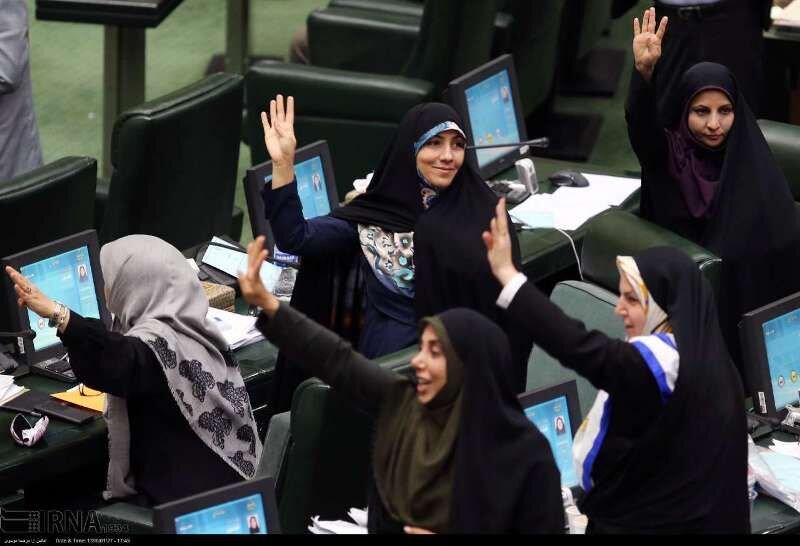TEHRAN –Every year on June 24th, International Day for Women in Diplomacy is celebrated worldwide.
Women have participated in diplomacy for centuries, yet their contributions have often been overlooked.
Women and girls represent half of the world’s population and, therefore, also half of its potential.
Women bring immense benefits to diplomacy. Their leadership styles, expertise and priorities broaden the scope of issues under consideration and the quality of outcomes.
Research shows that when women serve in cabinets and parliaments, they pass laws and policies that are better for ordinary people, the environment and social cohesion.
Advancing measures to increase women’s participation in peace and political processes is vital to achieving women’s de facto equality in the context of entrenched discrimination.
When women are represented in legislative bodies, it enhances the effectiveness of governance and ensures that a wider range of perspectives and experiences are considered in decision-making processes.
This inclusivity not only reflects the diversity of the population but also leads to better-informed policies that address the needs of all citizens.
However, the unfortunate reality is that violence against women in politics remains a significant issue that hinders progress towards gender equality.
Such violence not only violates the fundamental human rights of women but also poses a serious threat to their participation in the political process. It creates a hostile environment that deters women from entering politics or voicing their opinions, ultimately undermining their ability to contribute fully to society.
Iranian women empowered after Islamic Revolution
The status of women in various fields was improved after the Islamic Revolution and women, as half of the country’s population, have been leading in many fields.
After the victory of the Islamic Revolution in February 1979 by toppling the Pahlavi regime [the last Iranian royal dynasty, ruling for almost 54 years between 1925 and 1979], women were given equal rights to shape their futures. The Islamic Revolution provided them a chance to build their distinct identity and they have been tremendously successful in doing that.
There were extensive changes in the fields of science, education, economy, employment, and presence in management positions for women. Now a large part of activists in various fields of academia, business, and management are made up of capable Iranian women.
Education as a social value for women is seen as real freedom for them. Illiteracy among women and girls has been nearly eradicated as the literacy rate reached 99.3 percent and the ratio of female to male students has increased by 28 percent.
According to the latest data, nearly 60 percent of all university students are females today. The percentage of women in higher education has increased nearly 21 times since the Revolution.
The notable presence of women in the education sector has had a remarkable impact on the job market of the country as well, with women taking more jobs in both the public and private sectors.
The labor force of the country today consists mostly of women specialists, which indicates that women are playing an important role in shaping the future of Iran.
A report by the World Bank shows that the number of female board members in various organizations has seen a three-fold increase, growing from 11 percent in 1970 before the Revolution to 30 percent in 2016 after the Revolution.
During the last 44 years after the Revolution, the number of female faculty members in universities has grown more than 17 times. The share of women in university faculty members has increased by 33.3 percent, and in medical sciences universities by 34 percent.
Only 1.4 percent of teaching staff was made up of women before the Revolution and now the number stands at above 24 percent in higher education.
A ten-fold increase in the number of women doctors could be seen between 1979 and 2012, according to some data, and nearly 40 percent of all specialized physicians in Iran today are women.


No comments:
Post a Comment